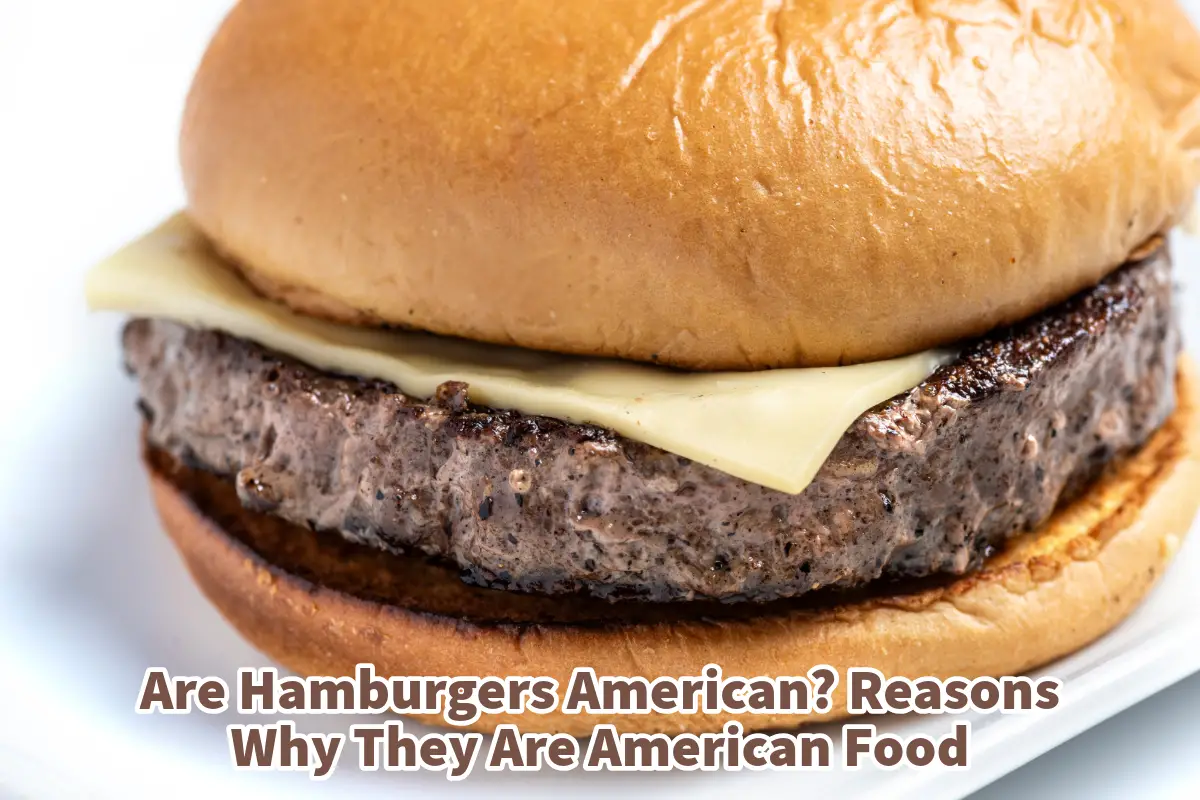The hamburger has solidified its place as a beloved culinary icon in America and around the globe. It is one of the most universally enjoyed dishes, spanning continents and cultures, making it a ubiquitous sight on menus worldwide.
When tracing the history of the hamburger, it becomes clear that while the basic concept of a ground beef patty may have European roots, the unique assembly of a beef patty sandwiched between two slices of bread, coupled with various toppings, was popularized in the United States. This American version of the hamburger emerged as a culinary icon due to its convenience, simplicity, and adaptability, hallmarks of American ingenuity.
Table of Contents
- Where Did The Hamburger Come From?
- White Castle’s Pioneering Role In Popularizing The Hamburger
- McDonald’s And The Global Popularization Of The Hamburger
- The Hamburger As We Know It Today Is An American Food
- Related Questions
Where Did The Hamburger Come From?
Like many gastronomic delights, the hamburger’s origins are shrouded in controversy. Some contend that its roots trace back to Hamburg, Germany, where minced beef was a typical fare.
This “Hamburg-style” beef, often consumed raw, became synonymous with the city’s culinary identity. To this day, Germany maintains a tradition of serving raw beef or pork atop a slice of bread, a delicacy that locals and visitors cherish.
Yet, consuming raw meat, particularly without refrigeration, posed significant health risks.
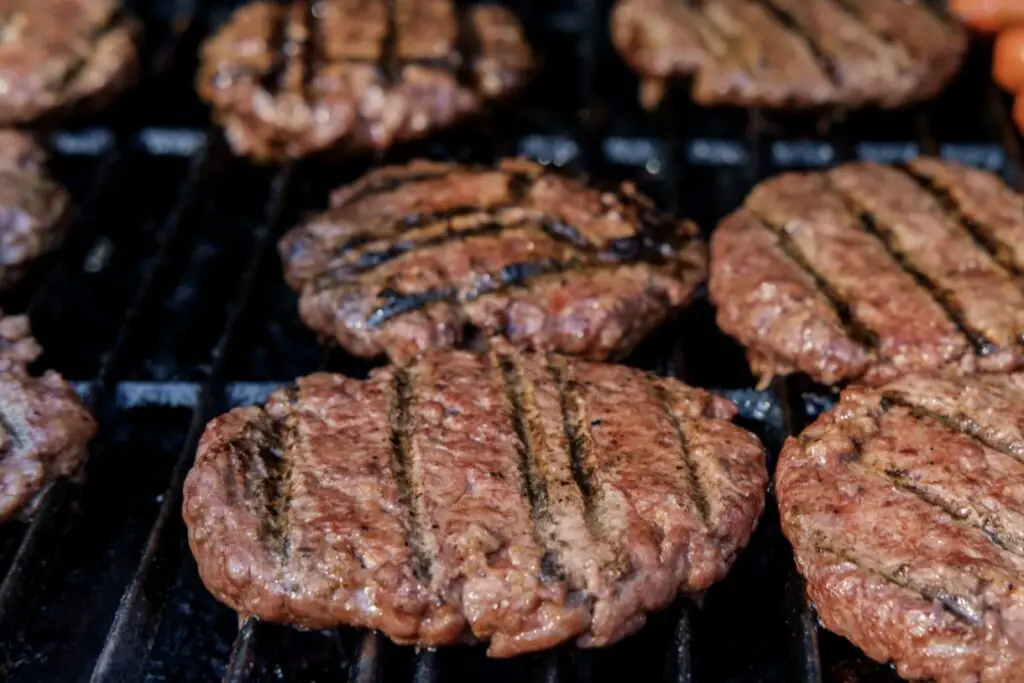
At The Start Of Salisbury Steak
in the mid-1800s, America saw many Germans coming to live in the United States. Among many of these were my relatives.
As these German immigrants came to the United States, they brought recipes for many of the foods they enjoyed back home. German restaurants and cafes opened that served German food, including Hamburg beef.
In the mid-19th century, Dr. James Salisbury, a New York-based physician, proposed an alternative to the raw beef and for the patties to be cooked. Dubbed the “Salisbury steak,” this innovation offered a safer yet equally satisfying culinary experience.
Concurrently, the proliferation of meat grinders in households paved the way for widespread consumption of ground beef.
The Difficulty Of Tracing The Origins Of The Hamburger
The exact origins of the hamburger as we know it today are shrouded in controversy and myth. What is clear, however, is that by the early 20th century, various eateries, including lunch wagons, stands, and roadside restaurants in states like Wisconsin, Connecticut, Ohio, New York, and Texas, were serving meals remarkably similar to today’s hamburger. Whether any specific one of these locations was the true birthplace of the hamburger remains uncertain.
St Louis 1904 World’s Fair And The Hamburger
One significant milestone in the hamburger’s history occurred in 1904 when it was showcased at the St. Louis World’s Fair. This event introduced the hamburger to a broader American audience and quickly became a staple.
The fair popularized hamburgers and introduced other soon-to-be American favorites such as waffle ice cream cones, cotton candy, peanut butter, and iced tea.
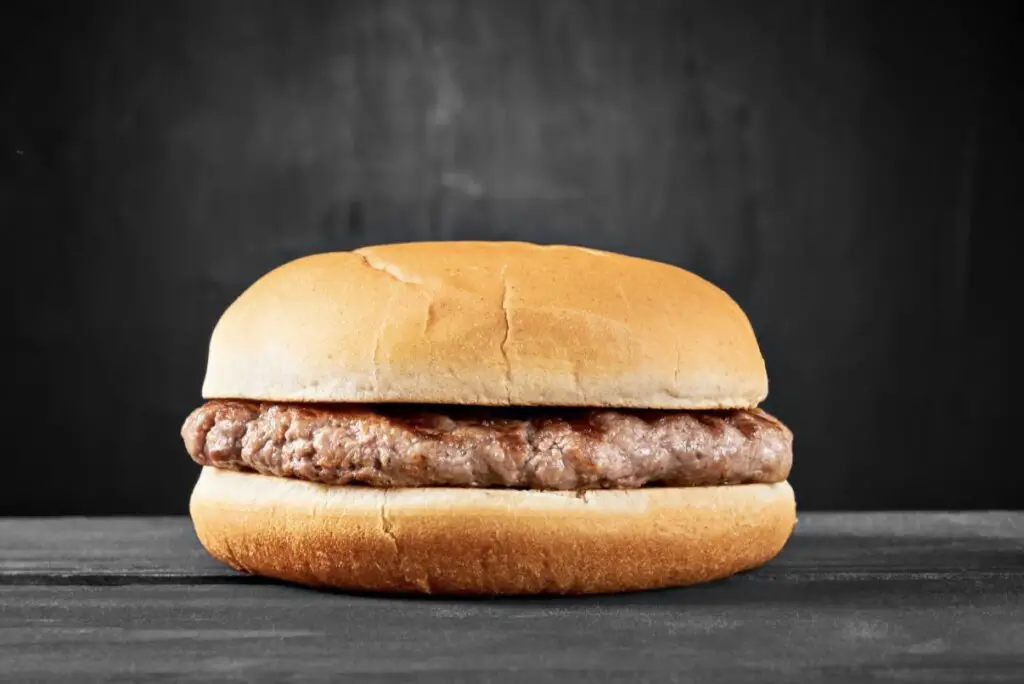
Hamburger’s Reputation Had A Setback
However, the rise of hamburgers was not without setbacks. In 1906, just two years after the hamburger’s successful debut at the World’s Fair, Upton Sinclair published his muckraking novel “The Jungle.”
This work exposed the dark and unsavory side of the American meatpacking industry, revealing how industrial ground beef was often filled with unhealthy fillers and scraps. This exposé caused a significant backlash against the hamburger, which became a primary target for those concerned with food safety and led to a temporary decline in its popularity.
White Castle’s Pioneering Role In Popularizing The Hamburger
The hamburger’s place as a staple in American cuisine was far from guaranteed. It might have faded into obscurity were it not for the vision of Edgar “Billy” Ingram and Walter Anderson. In 1921, they opened the first White Castle restaurant in Wichita, Kansas.
This establishment set a new standard for the industry; it wasn’t just the food that drew people in and the restaurant’s commitment to cleanliness. At a time when health concerns marred the hamburger’s reputation due to the unsavory practices exposed by Upton Sinclair in his novel “The Jungle,” White Castle’s sparkling clean interiors and exteriors offered a reassuring contrast.
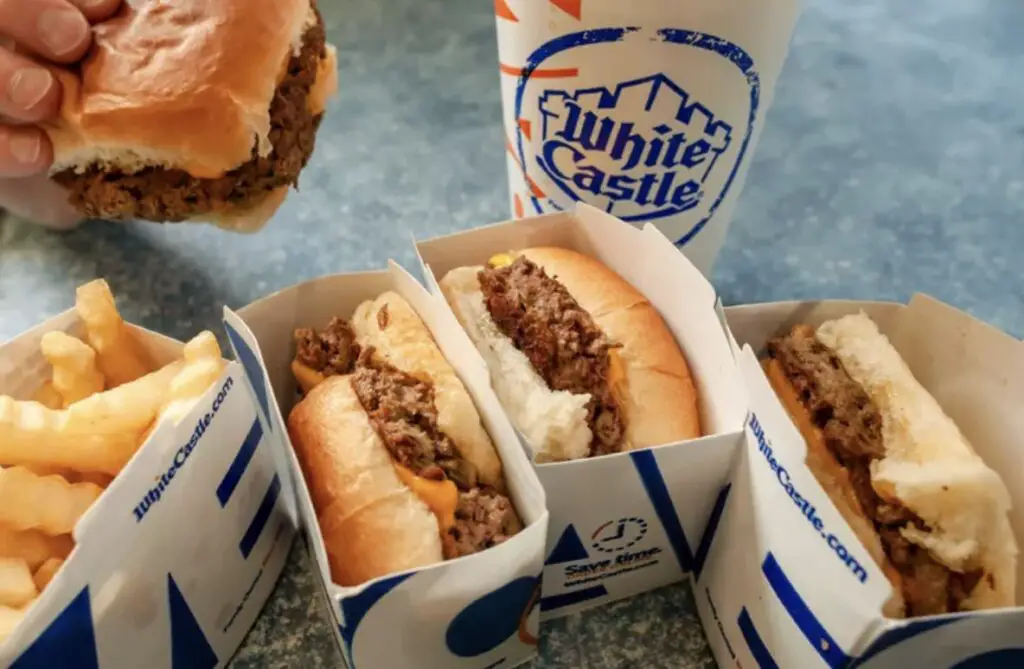
Ingram and Anderson introduced several innovations that salvaged the hamburger’s image and revolutionized the fast-food industry. They implemented grinding meat on-site, ensuring their hamburgers were made with fresh, quality beef.
This transparency in their process reassured customers about the hygiene and quality of the food, helping to re-establish the hamburger as a safe and tasty option.
White Castle’s Success Helped Start Many Other Iconic Brands
White Castle’s success inspired countless other fast-food ventures. Iconic chains like McDonald’s and In-N-Out Burger, founded in 1948, followed by Burger King in 1954, and Wendy’s in 1969, all owe a debt to the paths paved by White Castle.
These chains adopted and adapted White Castle’s emphasis on cleanliness and quality, each adding unique twists to the hamburger.
Today, White Castle and its successors continue to serve hamburgers across the United States and worldwide, a testament to the hamburger’s enduring appeal and evolutionary journey. Their commitment to quality and cleanliness preserved the hamburger’s legacy and ensured its place as a global culinary icon.
McDonald’s And The Global Popularization Of The Hamburger
While the hamburger’s origins are often debated, most people recognize McDonald’s as the catalyst that propelled this iconic dish to global fame. The brand played a pivotal role in embedding the hamburger into cultures worldwide, mainly through its connection with the U.S. armed forces during and after World War II. This association helped introduce McDonald’s—and its hamburgers—to millions globally, establishing a burgeoning fast-food industry.
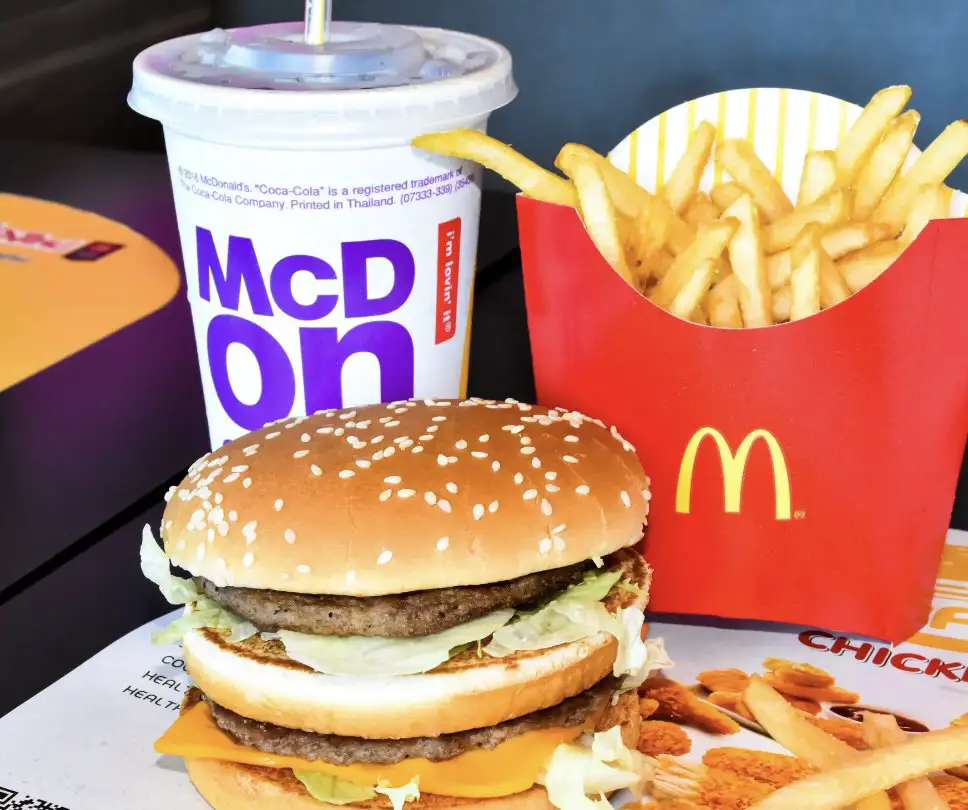
I have witnessed this dramatic expansion first-hand. I recall the excitement surrounding opening the first McDonald’s in Stockholm, Sweden—a city now dotted with the franchise.
Similarly, I remember when McDonald’s had not yet reached China; today, they are a common sight, with major transportation hubs like the Guangzhou high-speed train station hosting not one but two outlets. Indeed, McDonald’s near-universal presence underscores the hamburger’s wide-reaching appeal.
The Hamburger As We Know It Today Is An American Food
The debate over the hamburger’s national origins—whether fundamentally American or German—often references the German city of Hamburg.
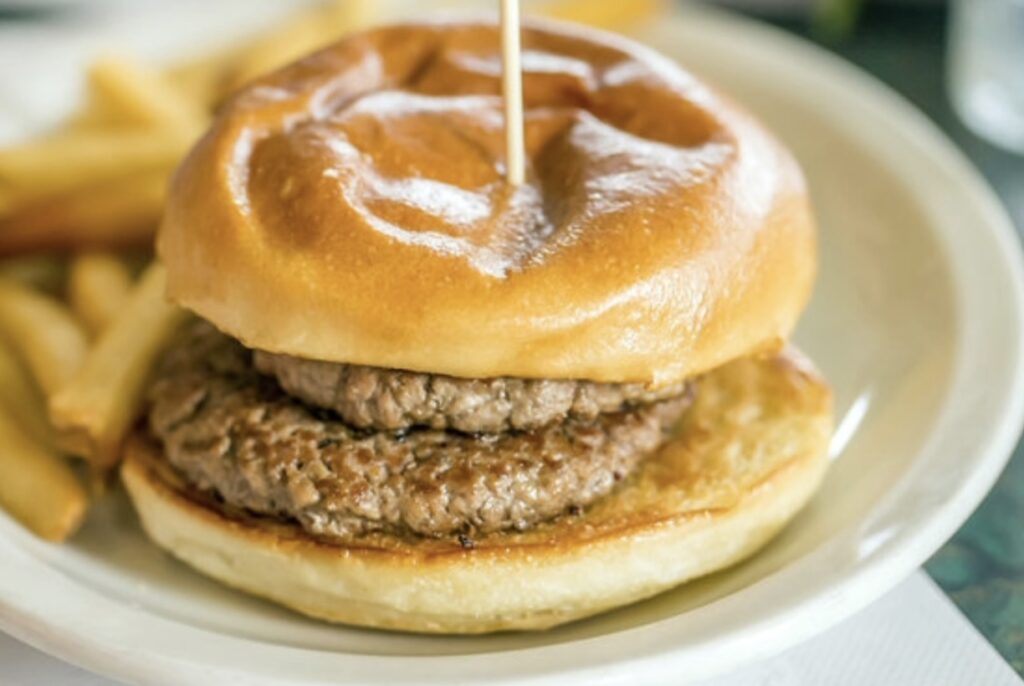
However, American ingenuity and entrepreneurship, mainly through companies like McDonald’s, refined and popularized the hamburger, turning it into a global culinary staple. Thus, while the hamburger might have conceptual roots in Germany, its current identity and global popularity are distinctly American contributions.
That is why hamburgers are and continue to be a truly American food.
Listen To Our Podcast About
Are Hamburgers American? Exploring Their Culinary Roots with Anita Below or By clicking here.

At A Bus On A Dusty Road, we talk about travel, life, and ex-pat living. We are all about “Living Life As A Global Citizen.” We explore social, cultural, and economic issues and travel.
We would love to have you be part of our community. Sign up for our newsletter to keep up-to-date by clicking here. If you have any questions, you can contact me, Anita, by clicking here.
Listen to our Podcast called Dusty Roads. You can find it on all major podcast platforms. Try out listening to one of our podcasts by clicking here.
Subscribe to our A Bus On A Dusty Road YouTube Channel with great videos and information by clicking here.
Related Questions
Building The Perfect American Beef Hamburger Recipe
The classic American hamburger epitomizes comfort food and has become an intrinsic part of the culinary landscape. Yet, crafting the perfect hamburger is a delicate process that requires understanding each ingredient’s role and how they harmoniously meld together. It is also a food with much controversy about its origins and history.
You can read more about Building The Perfect American Beef Hamburger Recipe by clicking here.
How To Make Fry Sauce – Original Recipe
For as long as I can remember, one of my favorite ways to enjoy french fries is with a generous side of fry sauce.
There’s an undeniable allure to this seemingly simple concoction known as fry sauce. Dive in as we share the quintessential fry sauce recipe, which you can effortlessly whip up at home and pair with many dishes.
By clicking here, you can discover How To Make Fry Sauce – Original Recipe.
The Vietnamese Bun Cha Food Dish, All You Need To Know
If you have a penchant for British Fish and Chips, you don’t need to journey to England to savor an authentic taste. With this recipe, you can whip up traditional-style fish and chips in the comfort of your own home.
Bún Chả is a Vietnamese food dish that is thought to have originated in North Vietnam. It is made from rice noodles, grilled pork, salad, and a Bún Chả fish sauce mixture. It is a dish you can learn to make and serve in your home. Bún Chả became very famous when the U.S. President Barack Obama sat down with CNN’s Anthony Bourdain in a small local Bún Chả noodle shop in Hanoi, Vietnam.
By clicking here, you can discover The Vietnamese Bun Cha Food Dish, All You Need To Know.

